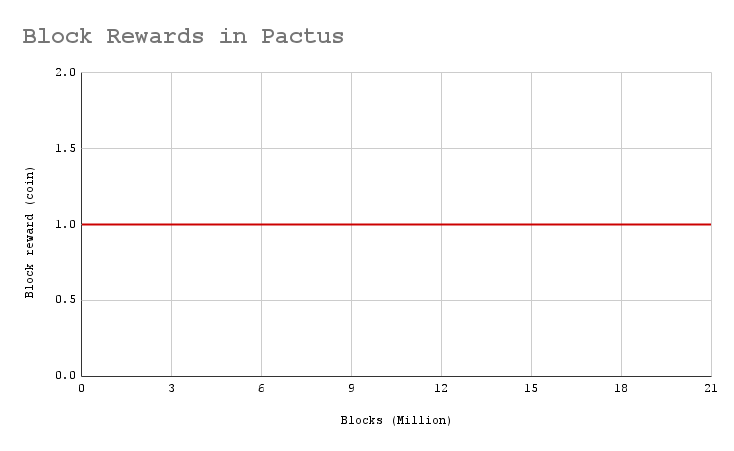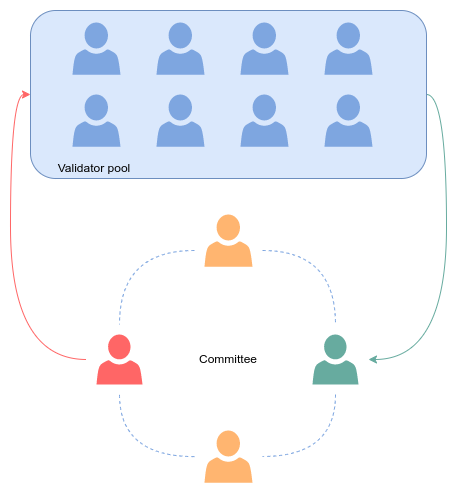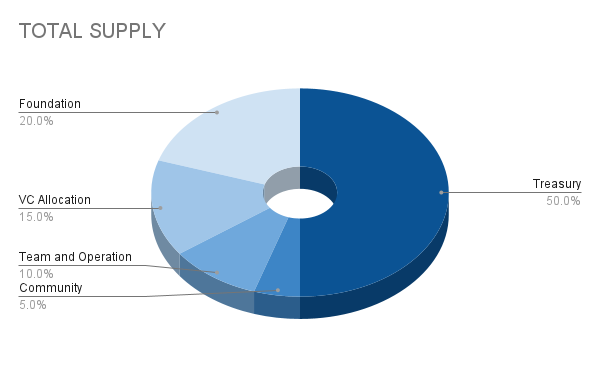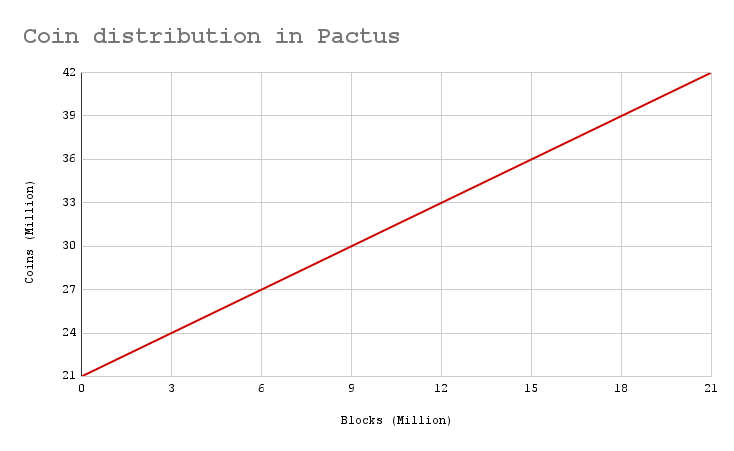
This FAQ (Frequently Asked Questions) page aims to provide helpful information and guidance on common questions and concerns related to Pactus.
 Read more...
Read more... Read more...
Read more...| Category | Coin Allocation | Percentage |
|---|---|---|
| Treasury | 21 Million coins | 50% |
| Foundation | 8.4 Million coins | 20% |
| VC Allocation | 6.3 Million coins | 15% |
| Team and Operations | 4.2 Million coins | 10% |
| Community | 2.1 Million coins | 5% |

 Read more...
Read more...